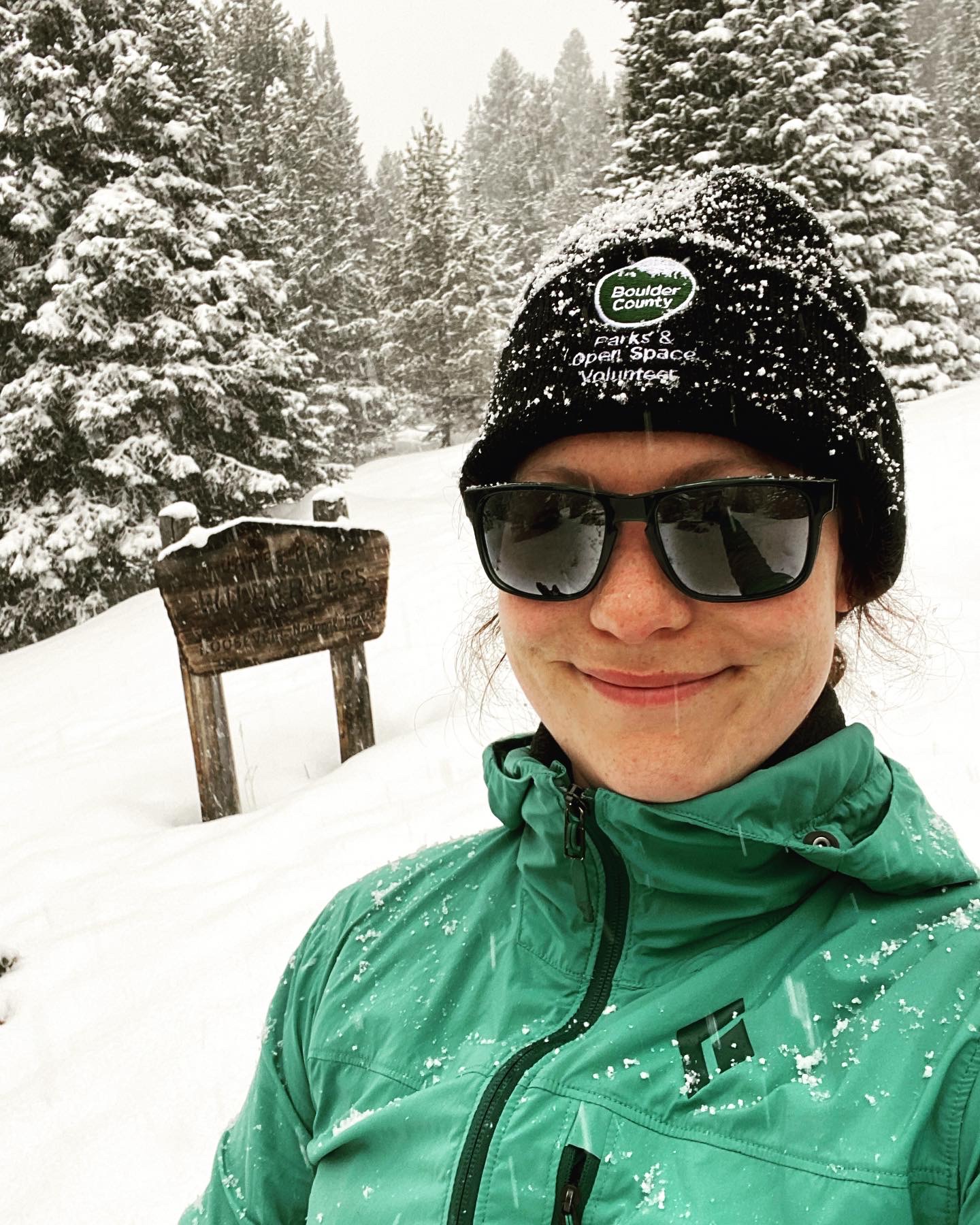What clothes should I pack for a summer trip to Colorado?
- Christie Lynn

- Jan 15, 2022
- 3 min read
Updated: Nov 29, 2022
This is a very common question from people who are coming to visit Colorado and can sometimes be a confusing one at that.
You may ask this question on an online forum and get mixed responses. You may hear shorts, tank top, and flip flops from one person, and lots of layers from another.
You may want to pack both, depending on where you'll be and what activities you'll be enjoying.
Colorado summers are in full swing by June and start to slowly dwindle in late August; but the weather and temps are constantly fluctuating.
Our golden advice? ALWAYS Plan Ahead and Prepare when going into the front country and back country.
This means to pack for all types of weather and bring a ten essentials kit with you in case your trip doesn’t go as planned.
It is always best practice to bring more than what you think you’re going to need, even if you don’t end up using it. It’s much better to be prepared for anything and everything, rather than being under-prepared and have something unexpected happen.
This decision can really make or break a trip.
Colorado is an extremely unique place and is home to 5 different life zones. We have a mix of Plains, Foothills, Montane, Sub-Alpine, and Alpine environments each settled at a different altitude, and each with unpredictable weather patterns.
This is important information to know because each of these ecosystems and altitude’s will help decipher how you’ll want to layer your clothes based on where you'll be headed.
We’ll cover more on the differences between each of these ecosystems later, but for now we’ll touch base on the basics of each, and what type of gear/clothing you can anticipate packing with you.
Plains- This includes the entire Denver Front Range, so everything East of the Mountains that is flat and dry. You can definitely get away with shorts, tank top, and flip flops here. Temps can range from the mid 70’s to upper 90’s in the summer. Make sure to keep sunscreen, sunglasses, wide brimmed hat, and rain jacket/windbreaker nearby.
Foothills- These are the “rolling hills” along the Denver Front Range as you start to head west. The foothills are relatively low in altitude, but higher than that of the plains. It can be a bit breezy here but is typically still hot and dry. Shorts, tanks, windbreaker, capri’s and an extra pair of pants is advisable here. Also hiking shoes or a sturdy pair of sandals is recommended as the terrain starts to become rocky.
Montane- This environment starts to climb more in altitude and is more heavily forested. Here, wind and sporadic rainstorms can occur. Temps start to drop more slightly, but you can still get away with the same gear as the Foothills. If you get cold easily, a light jacket or base-layer may be a good idea to bring.
Sub-Alpine- This area is in between 9,000 and 11,000 feet in elevation, and the temps can easily fluctuate between warm and cool with sporadic thunderstorms. Bring everything you would for a Montane environment, but include the base layer, vest and/or thicker jacket.
Alpine- This area is above tree line and is completely exposed to the elements. Higher winds, thunderstorms, cooler temps 40’s to mid-60’s are common. Bringing base-layers, vests, thicker jackets. windbreakers, hat, and gloves are good items to keep on hand. Snow can be found here sometimes until August depending on where you’re at.
Before heading outdoors, remember to double check the weather forecast through a trusted source. We personally use NOAA for our weather reports. They have great hourly graphs and a bit more detail than some other weather sites we’ve used in the past. This will give you a more solid idea of what types of weather you can expect on your outing.
Colorado is known to go through all four seasons in just one day!
One final piece of advice we have for Colorado backcountry travel, is to start your hike early in the day and really strive to get off any mountain peak by 12 noon- 1pm. Colorado is known for afternoon lightening-storms, and it is best practice to avoid mountain peaks during these times.
Stay tuned for a detailed blog about lightening and altitude.
We hope you enjoyed our blog about what you should pack for a trip to Colorado in the summer. To see specific weather patterns for the month you are visiting, please check out the weather-atlas for more details.
If you have any questions, we encourage you to post them below or feel free to reach out to us directly. We are always happy to help.
Never stop exploring!
Best,
Christie
info@blueskywildernessguides.com


Comments